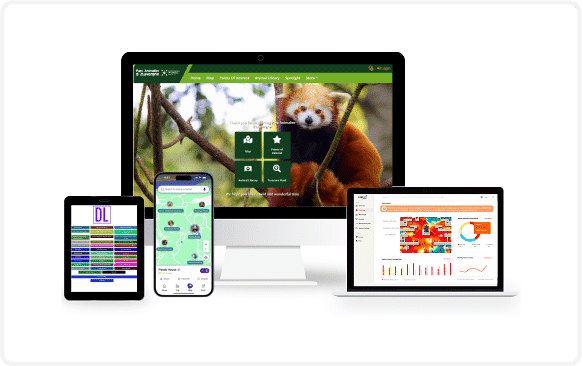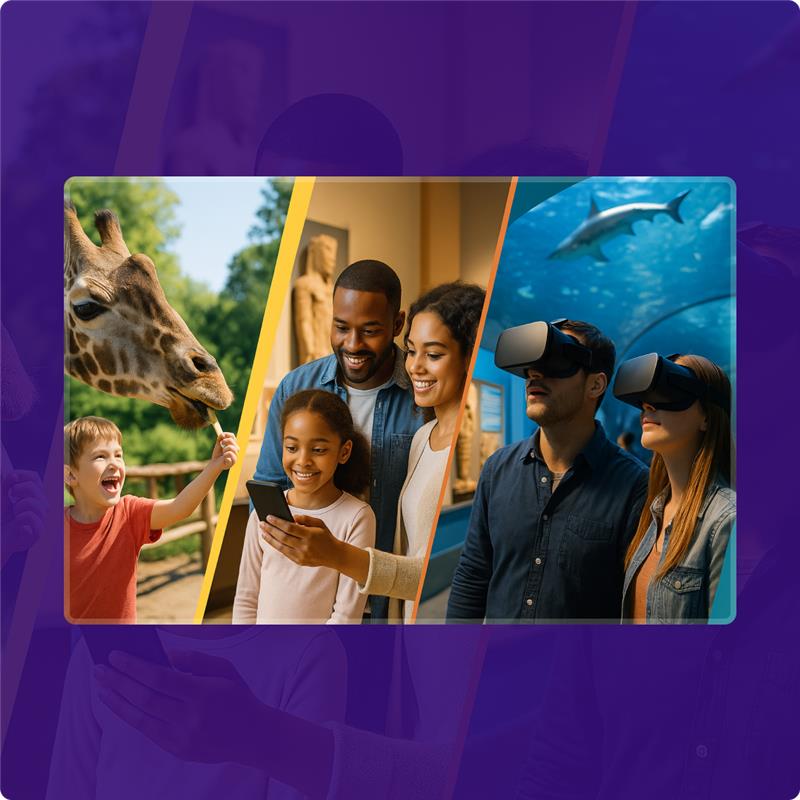Wi-Fi and Bluetooth technologies in large facilities can be availed to enable indoor positioning systems for better asset management and indoor location tracking. Here is a brief exposition of how the technology works using various wireless systems.
At the outset, let’s understand that indoor positioning technology is an umbrella term with many connotations, yet referring primarily to indoor positioning and indoor navigation. Based on a facility’s requirements, the adoption of different types/mediums such as Wi-Fi and Bluetooth are used in order to serve several purposes, with positioning and navigation being predominant.
Also, read our blog All You Need to Know About Indoor Positioning and Navigation Systems
How Does an IPS Work?
In this hi-tech era, we hardly hear people getting lost in a new city or navigating to new places in their place of domicile as Smartphone’s with internet and GPS enabled in them make locating points of interest an effortless, and sometimes an enjoyable task.
However, how do we navigate when we are indoors in a large facility such as a shopping mall, a healthcare center, an educational institution, or a place like an amusement park?
Much like how GPS helps us navigate outdoors, enabling IPS with the help of Bluetooth, Wi-Fi and Sensors can aid visitors in wayfinding and reaching their desired spaces with ease inside a facility.
IPS works through several categories such as:
Proximity Positioning- With the help of a receiver or a device, the proximity of the locations are detected and delivered as output. These proximity-based systems have the ability to detect the general location of a person, object or service rooms within the facility based on several technological platforms such as:
- QR Codes / NFC tags
- Bluetooth
- Visible Light Communication (VLC) devices
- Wi-Fi Access Points
- Ultrasound devices
Fingerprint Positioning- This system is built through signal measurements across the facility to compute the position of the visitor. However, it is hypothetical because every position within any facility is almost unique and incomparable to the other.
This system is most commonly used to improve the accuracy of other positioning technology within the facility and moreover, combining multiple sources can increase the accuracy of the technology which can eventually lead to productivity. Similar to the above system, fingerprinting also uses similar technological platforms such as:
- Bluetooth
- Wi-Fi
- Magnetic field
Apart from Bluetooth and Wi-Fi, there are other platforms as well which chip-in based on the implementation costs and the precision in locating the visitor intended destination within the facility.
The chart below will give you a deeper understanding of indoor tracking.
Just like the way GPS functions outdoors, it is IPS that does it indoors. Often placed in large facilities like shopping malls, zoos, convention centers, resorts, etc. IPS aids visitors on a real-time basis displaying pathways and shortest routes while ensuring management of these facilities obtain necessary data to make more informed business decisions.
IPS is in itself a technology which is blended with a combination of other technologies to provide the best possible precision and accuracy for visitors at large facilities.
Fingerprinting and proximity positioning can together increase the rate of accuracy as high accuracy is the need of the hour in indoor tracking services.
Not all facilities require precision and accuracy but facilities that have large tracts of the area and huge infrastructures need to deploy IPS to serve the twin purposes of indoor positioning and indoor navigation within the facility.






